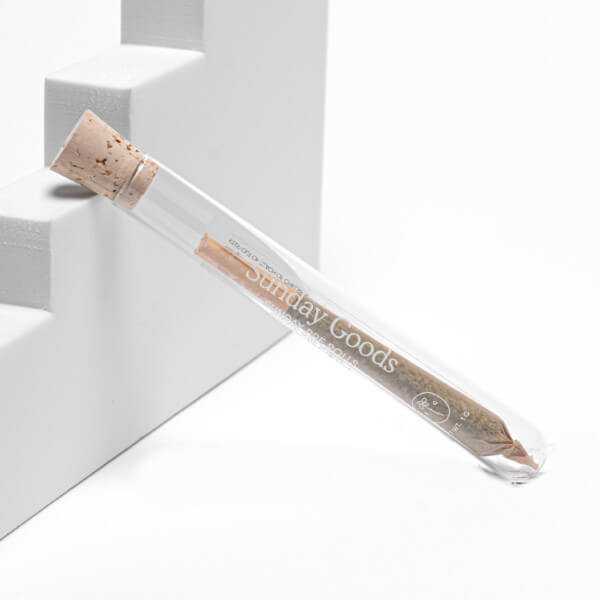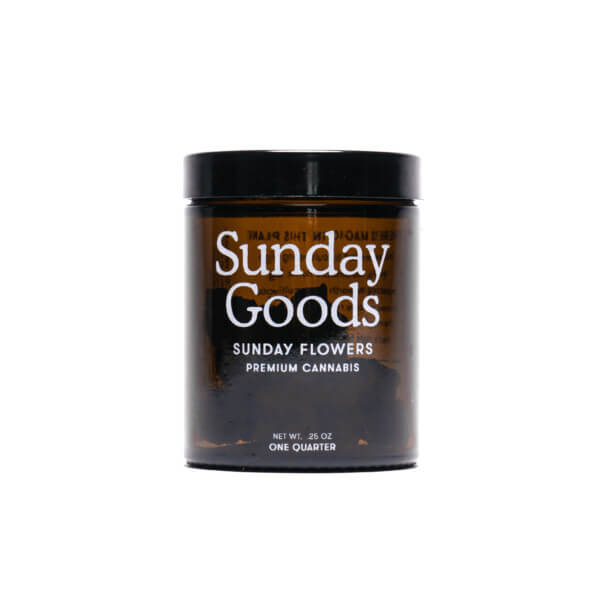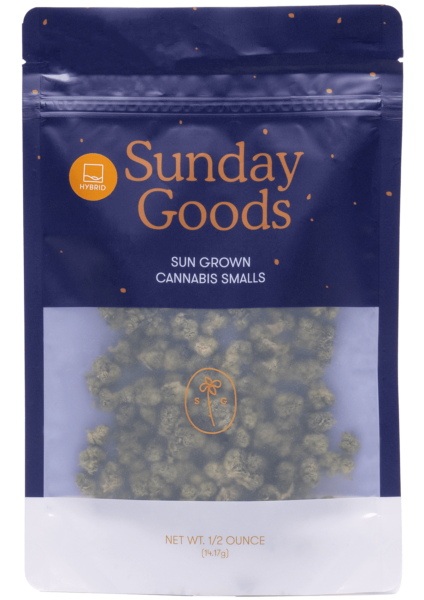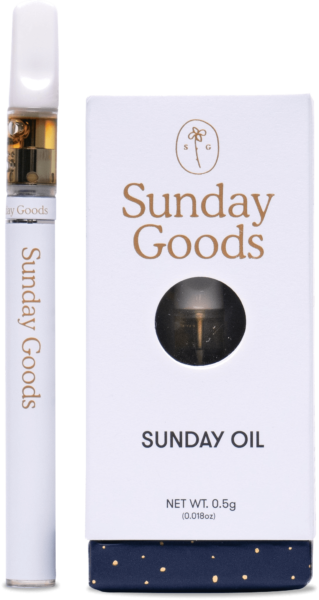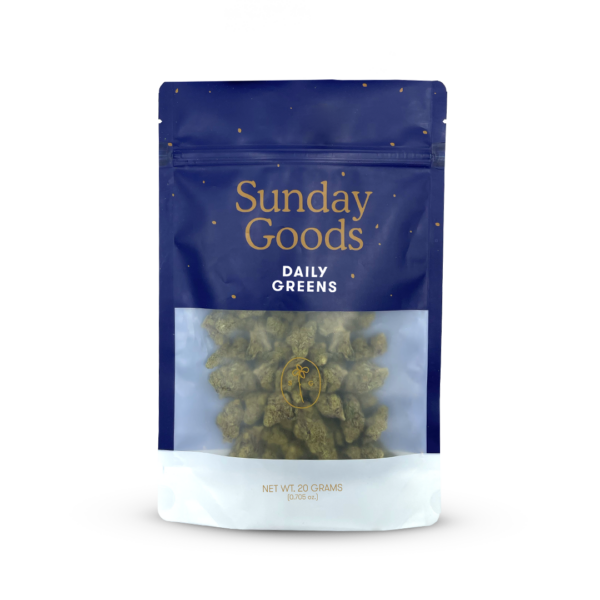








Cannabis
An Introduction to Terpenes: Part II
manufactur - February 28, 2020
Alright, so we’ve established what terpenes are and their benefits (if you missed that part, find it here). Up next, we’re diving a little deeper into the make up of terpenes and finding the right ones for you.
Hydrocarbons
Hydrocarbons are made up almost entirely of terpenes: monoterpenes, sesquiterpenes, and diterpenes. In other words, hydrocarbons are terpenes. And terpenes are hydrocarbons. They are a large and diverse class of organic compounds, produced by every plant, flower, and even some insects.
This is where terpenes and essential oils are different. Essential oils are comprised of terpenes, much like cannabis is. Terpenes found in most essential oils are either monoterpenes and sesquiterpenes and can be classified even further.
Monoterpenes — The “Sunny” Constituent
Monoterpenes produce a warming sensation on the skin. They’ll make you think of and smell citrus. Two such examples are pinene and limonene, two of the most common constituents that make up essential oils.
Oils containing monoterpenes include:
-
Limonene — found in Bergamot, Carrot, Fennel, Lemon, Neroli, Orange and other Citrus Oils
-
Pinene — found in Coriander, Cypress, Eucalyptus, Pine, Black Pepper, Oregano
-
Camphene — found in Juniper, Fir, Spruce, and Pine
Sesquiterpenes — “Calming and Soothing” Constituents
Oils with high percentages of sesquiterpenes promote relaxation. These calming and soothing terpenes are perfect for relaxing after a stressful day. Essential oils for sleep (think lavender and vanilla) are another great way to help your body ease into its natural state.
Oils containing Sesquiterpenes include:
-
Caryophyllene — found in Lavender, Clary Sage, Marjoram
-
Azulene & Chamazulene — found in Chamomile
-
Cadinene — found in Patchouli, Lemon, Cedarwood
CBN
Speaking of promoting sleep and relaxation, remember when we mentioned CBN (cannabinol) earlier, one of the cannabinoids found in cannabis? Cannabinoids and terpenes are the ones doing the dance, creating beautiful magic and music (scents, flavors, benefits). So just what is CBN?
If THC is the all-star performer, and CBD is its chill, but no-less-cool cousin, then CBN is the sleeper of this incredibly complex cannabinoid family. And by sleeper we mean the one sitting in the back of the class, unassuming, waiting and watching before showing its true power. In a way, CBN has literally been sleeping. As THC oxidizes (exposure to oxygen over time), it converts to CBN. While leaving cannabis exposed to air like this will age the product, it will also develop higher levels of CBN.
And these CBN-rich products are on the way. Sunday Goods disposable vaporizer pens Delight, Spark, Soothe, and Rest have different ratios of the cannabinoids, including our delightfully clever CBN (found in Rest), which is sedative but not intoxicating. Most flowers contain only trace amounts of CBN at around 1%, compared to THC contents which can go as high as 30%. Even at such a trace amount, a little bit of CBN can go a long way, or at least until your head hits the pillow.
The exciting thing about CBN and cannabis in general is that THC, CBD, and CBN are just three of hundreds of cannabinoids present in the plant, and scientists are just starting to understand their effects and how they interact with each other. Only time will tell how many other ones we didn’t know were there, or were “sleeping.”
Which Terpenes are Right For Me?
The only way to know that? Start trying some! First, buy some lab-tested cannabis so you know which terpenes are actually present. When you enjoy a certain cultivar (remember these are strains) you’ve bought or noticed something you like, make note of it. Let your senses guide you. What tastes and smells good to you?
Whether you’re experimenting with terpenes, a new cannabinoid friend on the scene, CBN, or all of the above, have fun with it and find out what feels good.
Now, where to find them…
-
Myrcene: has a peppery, spicy, balsam smell. Where can I find it? Mango. Parsley. Hops.
-
Limonene: has a strong citrus odor and flavor. It’s slightly sweet but also tangy and bitter. Where can I find it? Citrus fruits.
-
Terpinolene: has a piney or woody aroma, with hints of citrus and herbal spice. Where can I find it? Apple. Cumin. Lilac and tea tree.
-
Beta-Caryophyllene: has a dry, sweet, woody, spicy clove scent. Where can I find it? Black pepper. Basil. Oregano. Rosemary. Lavender. Cinnamon.
-
Alpha-Pinene: is known for its pine smell! Mostly found in European and North American pines. Where can I find it? Conifer trees. Eucalyptus. Sage. Ironwort.
-
Humulene: neutralizes ozone in the atmosphere with sunlight via ozonolysis. A primary constituent in beer making. Where can I find it? Common sage. Ginseng. Spearmint. Ginger.


